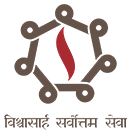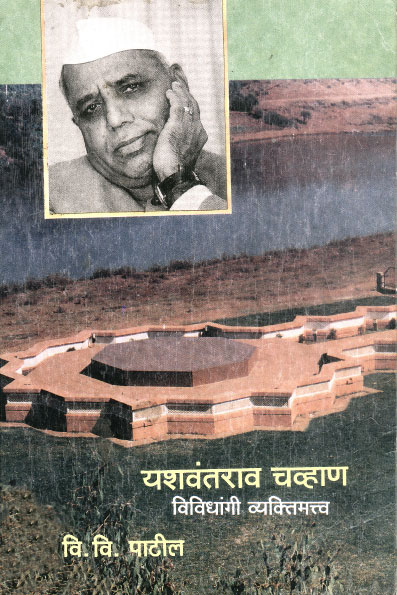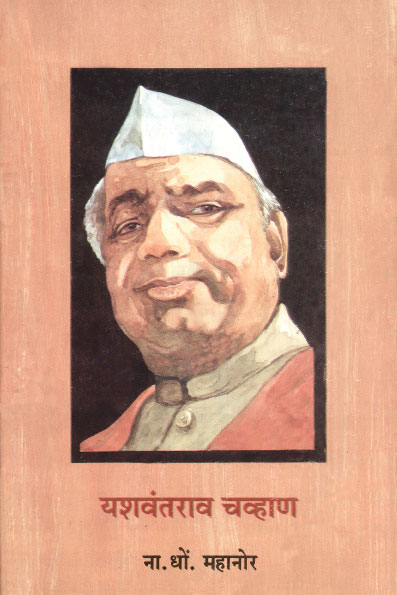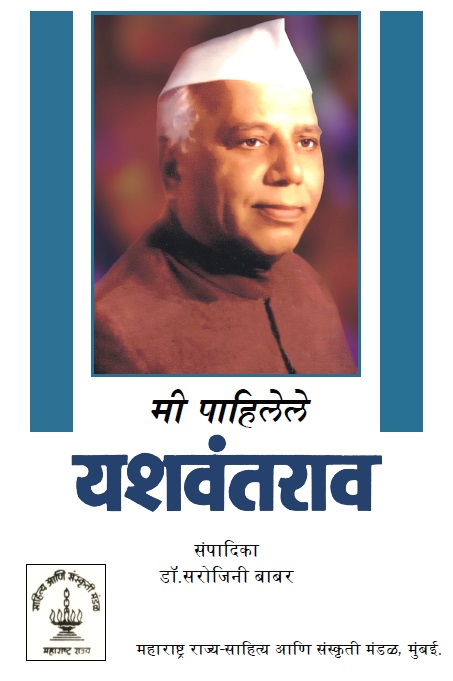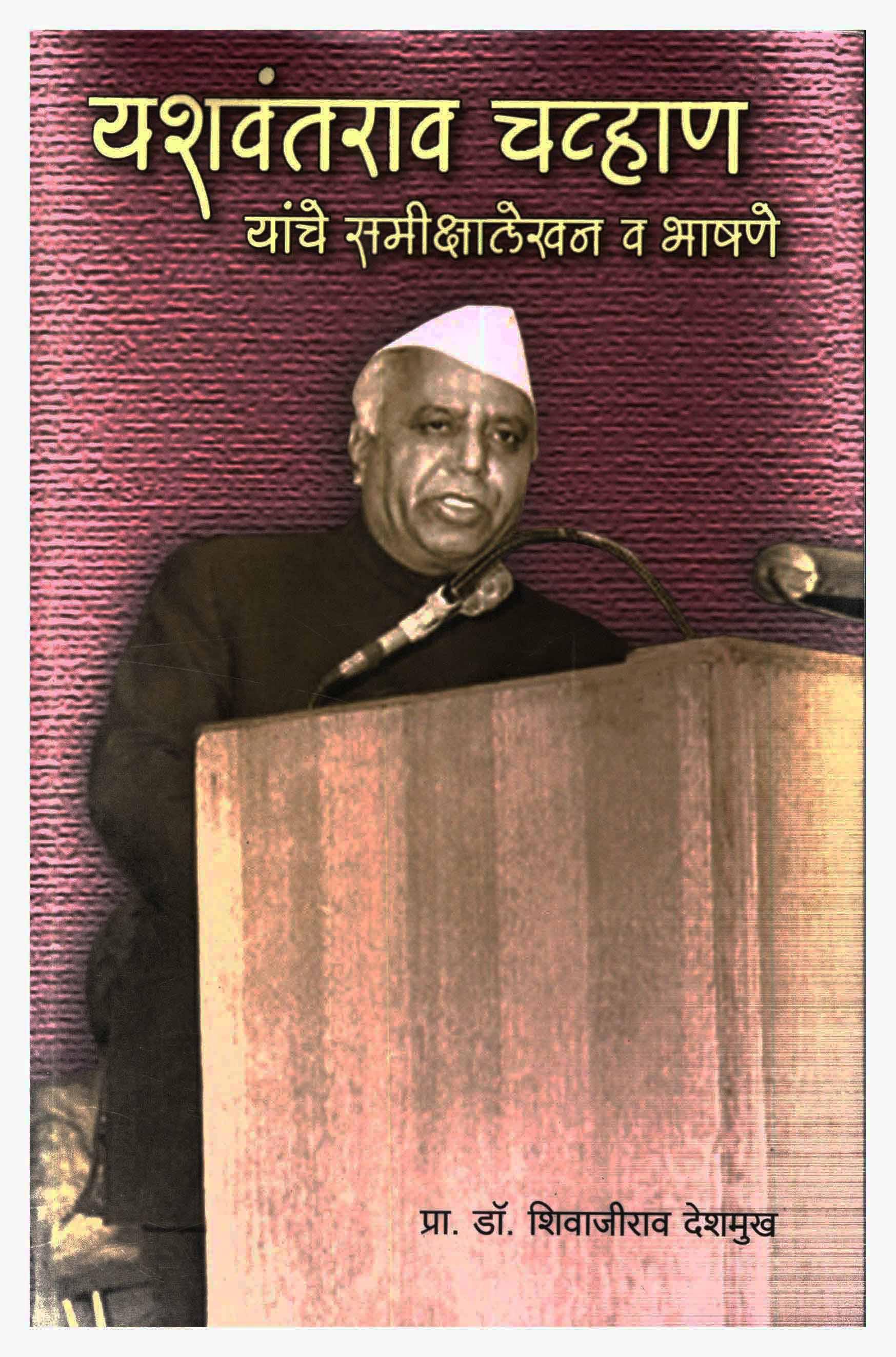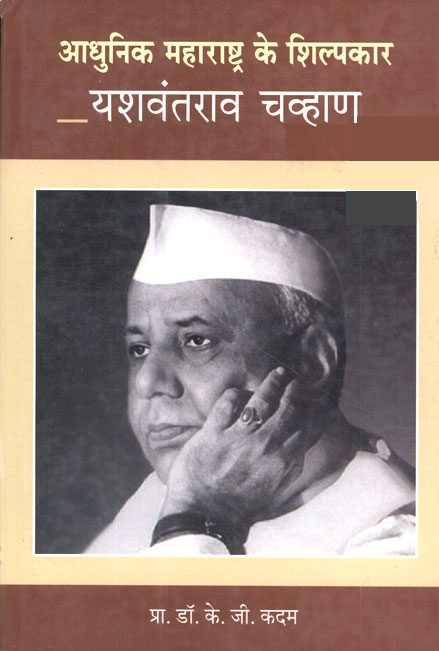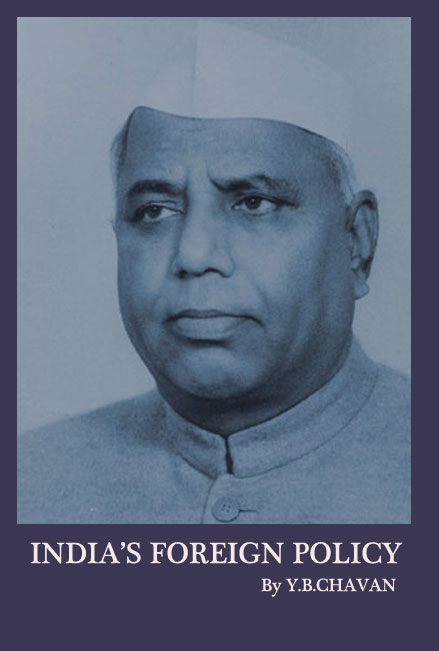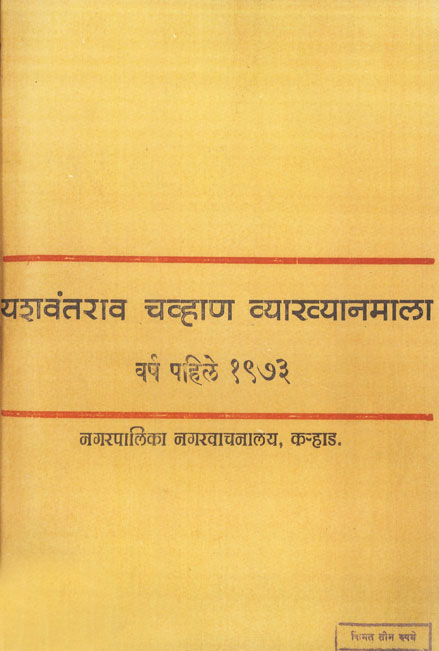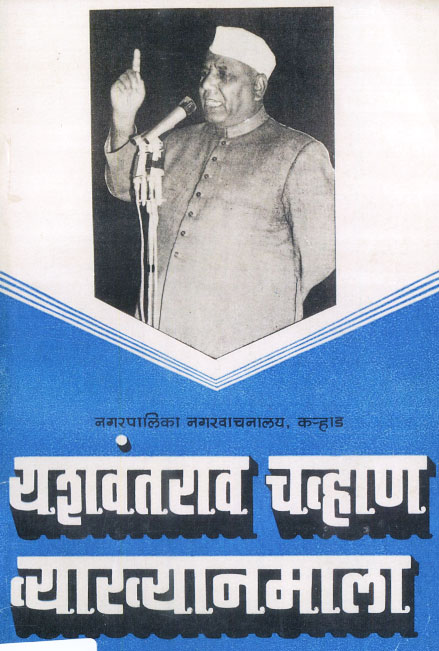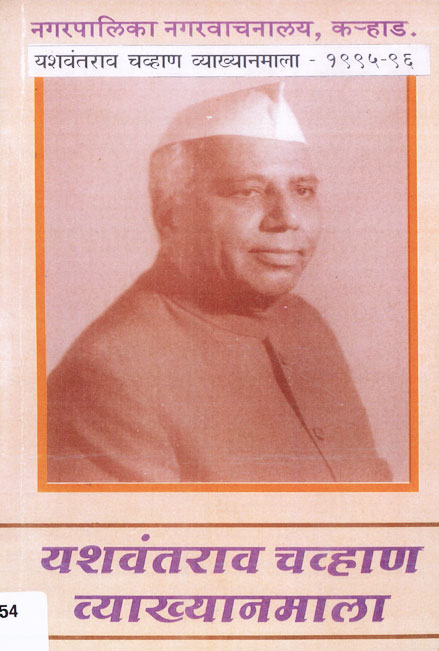5. Young Entrepreneurs: A Call for Dynamism
THE WORD 'young entrepreneurs' appealed to me and I thought I should avail of this opportunity to share my thoughts with the enterprising and enlightened young men of the challenging industrial world.
The National Alliance of Young Entrepreneurs has been addressing itself to the task of providing technical know-how, market information and other services to new entrepreneurs, par- ticularly those entering the small and medium scale sectors. These efforts. I earnestly hope, will bear fruit and be of help in bringing about a wider diffusion of entrepreneurship and a greater degree of competition in the industrial field.
I would like to share with you today some thoughts on the problems that have emerged in the course of industrial development during the past two decades and the way in which they can be overcome so as to ensure rapid and balanced industrial growth in the future. Although, as we know, the course of industrial growth has not always been quite smooth, remarkable progress has been achieved since the inception of planning. There has been a substantial expansion of industrial activity — industrial production increased more than four-fold between 1951 and 1970. What is even more important, industrial growth has been accompanied by profound structural changes. Thanks to the diversification of industrial capacity over the last twenty years, India now produces a wide range of industrial products ranging from basic intermediates to a variety of sophisticated industrial equipment. Along with the widening and deepening of the industrial structure there has been a substantial development of technical know-how. Design and engineering capabilities have been expanded and process technology developed in a number of fields. This accumulation of knowledge and skills in step with the growth of material investment, though not always easily identifiable, is already becoming an important source of technical dynamism of our industrial sector.
These strides in industrial development were not, and indeed could not have been, achieved through haphazard investment in a laissez-faire environment. The creation of a strong and diversified industrial base was made possible largely by the planned deployment of investible resources in the desired directions through public sector investments and the various systems of licensing and control. Such direct regulation of activity may have appeared to be irksome and inconvenient; it sometimes worked imperfectly; but the fact remains that regulation played a vital role in fostering industrial growth in a situation of overall scarcity of resources.

